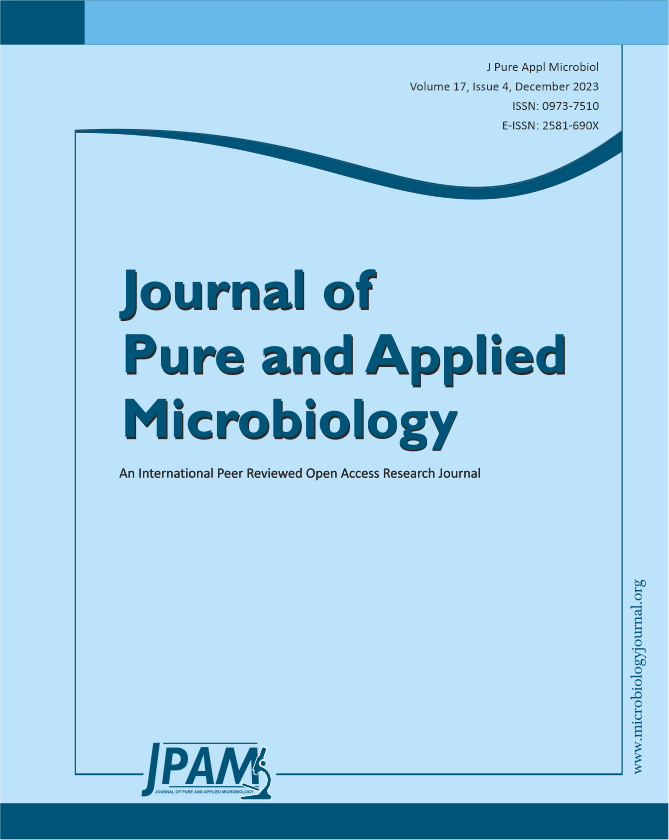Tuberculosis infectious disease owns highest burden of respiratory infection. India being the largest contributor to global Tuberculosis cases. Mycobacterium tuberculosis mode of transmission by respiratory route require airborne precautions to be strictly followed in healthcare settings to minimize the transmission. Research was plan to assess fundamentals of Tuberculosis infection control among healthcare workers. Questionnaire based cross-sectional study which included sociodemographic characteristics, with twenty-five questions on knowledge of Tuberculosis, attitude and practices for Tuberculosis infection control was conducted in Bharat Ratna Late Shri Atal Bihari Vajpayee Memorial Medical College, Rajnandgaon Chhattisgarh from April 2023 to May 2023. 156 HCWs with mean age group 36 ± 9.7 (18-59) years participated in the study. Healthcare workers included were nurses (55.1%) and technicians (44.8%). Knowledge and attitude score observed in our study is 90.3% and 92.3% levelled as good to moderate but at the same time good to moderate practice observed is 59.6%. Certain deficiencies regarding some areas of preventive measures of tuberculosis was observed among participants which require improvement by conducting training sessions.
Tuberculosis Infection Control, Questionnaire, Mycobacterium Tuberculosis
© The Author(s) 2023. Open Access. This article is distributed under the terms of the Creative Commons Attribution 4.0 International License which permits unrestricted use, sharing, distribution, and reproduction in any medium, provided you give appropriate credit to the original author(s) and the source, provide a link to the Creative Commons license, and indicate if changes were made.


